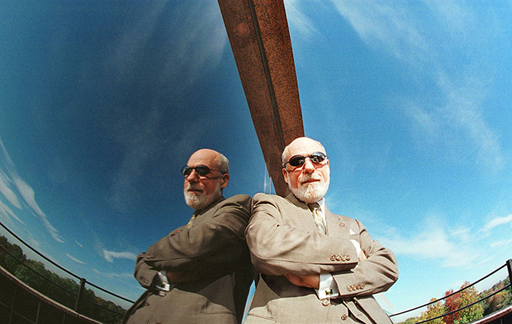1 What is the internet?
This section is part of the amber pathway.
The internet is not a single entity with a single owner; instead it comprises a hierarchy of individual networks that have been connected to one another. These networks range from local area networks (LANs) that can be found in many businesses and universities to the telephone and data networks that link cities and countries by fibre optic cables and satellite links.
A definition often used is that the internet is a network of networks. Before looking at the design of the internet in more detail, let’s hear from Vinton Cerf, one of the engineers who was involved in the creation of one of the earliest computer networks:
Transcript
Two key factors in the design of the internet were:
- The network would not have a central controlling computer. Each computer on the network would be assumed to have the same authority as every other computer.
- The network should be able to deliver information between any two computers on the network even if some of the machines in the network had failed (or given its Cold War origins, been blown to pieces). There would be a large number of alternative routes through the network, so it was not necessary for information to travel by the most direct route, instead it could travel in a roundabout route, avoiding the damaged parts of the network.
In the next section, you’ll see how this works.

